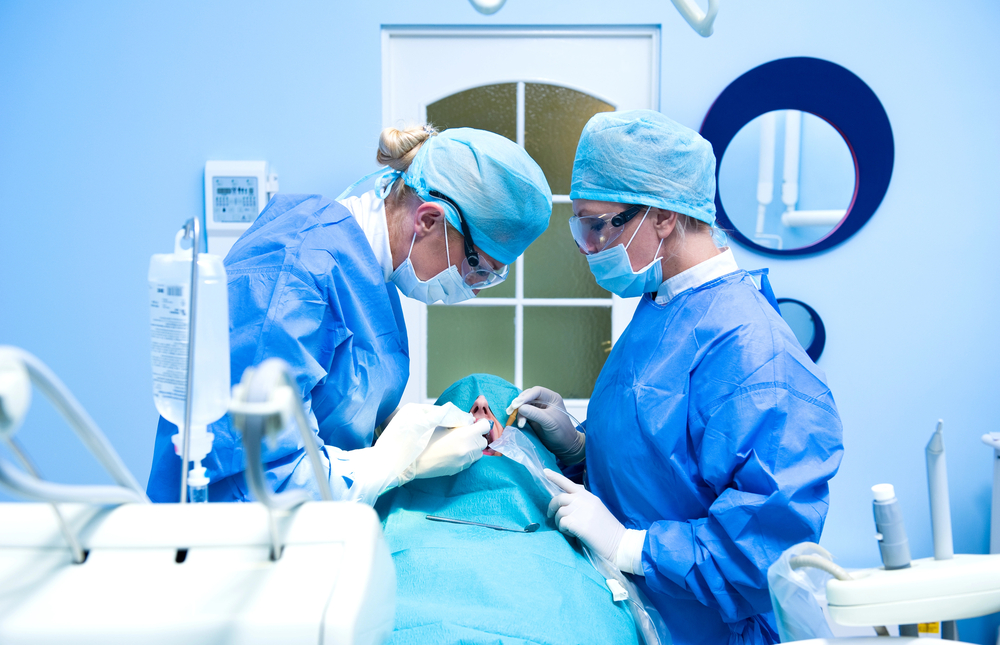In the realm of dental care, the United States stands as a beacon of advanced technology, cutting-edge treatments, and a vast network of highly trained professionals. However, with the globalization of healthcare, the comparison between USA dentists and their overseas counterparts has become increasingly relevant. Whether it’s the skill set, the approach to cosmetic dentistry, or the overall quality of care, discerning patients are curious to know how dentists in the USA stack up against those abroad. Let’s delve into this comparative analysis.
Firstly, it’s crucial to acknowledge the caliber of dentistry within the USA. American dentists undergo rigorous education and training, often completing four years of undergraduate study followed by four years of dental school. Many pursue additional specialization through postgraduate programs, honing their expertise in various fields such as orthodontics, oral surgery, or cosmetic dentistry. This comprehensive training equips them with the knowledge and skills necessary to deliver top-notch dental care.
On the other hand, overseas counterparts, like this cosmetic dentist in Sunbury, Australia also undergo rigorous training and adhere to high standards of professionalism. Countries like Australia, Canada, and the United Kingdom boast reputable dental education systems, producing dentists who are equally adept at addressing complex dental issues. However, differences may arise in the specific techniques or technologies utilized due to variations in healthcare infrastructure and available resources.
One aspect where USA dentists often shine is in the realm of cosmetic dentistry. With a culture that places a significant emphasis on aesthetics, American dentists have pioneered innovative procedures to enhance smiles and boost confidence. From porcelain veneers to invisible aligners, patients have access to a wide array of cosmetic treatments designed to achieve the perfect smile. This focus on aesthetics has propelled the USA to the forefront of cosmetic dentistry, attracting patients from around the globe seeking premium dental care.
Nevertheless, overseas dentists are not far behind in achieving parity with United Kingdom dentists for instance. Many international dental practitioners undergo continuous professional development to stay abreast of the latest advancements in the field. With globalization facilitating the exchange of knowledge and best practices, overseas dentists are increasingly adopting cutting-edge techniques and technologies to meet the evolving needs of their patients.
Beyond technical proficiency, the quality of patient care is another crucial factor in comparing USA dentists to their overseas counterparts. American dental practices are known for their patient-centric approach, with emphasis placed on building trust, communication, and comfort. From the moment a patient walks through the door, they are greeted with warmth and empathy, easing any anxiety they may have about dental procedures. This commitment to exceptional patient care extends beyond the clinic walls, with many practices offering comprehensive follow-up care and support.
Similarly, overseas dental clinics prioritize patient satisfaction and strive to create a positive dental experience. From streamlined appointment scheduling to personalized treatment plans, patients can expect attentive care regardless of their geographic location. However, cultural nuances and healthcare systems may influence the delivery of care, leading to variations in the overall patient experience.
In terms of affordability, USA dentistry often comes with a higher price tag compared to overseas counterparts. The cost of dental procedures in the USA can be prohibitive for some patients, particularly those without adequate insurance coverage. This disparity has led to a growing trend known as dental tourism, where patients travel abroad to access quality dental care at a fraction of the cost. Countries like Mexico, Thailand, and Hungary have emerged as popular destinations for dental tourists seeking affordable treatments without compromising on quality.
Comparing USA dentists to their overseas counterparts reveals a nuanced landscape shaped by factors such as education, technology, patient care, and affordability. While American dentists excel in areas such as cosmetic dentistry and patient-centric care, overseas counterparts are rapidly closing the gap, leveraging advancements in education and technology to deliver exceptional dental care. Ultimately, the choice between USA dentists and overseas practitioners depends on individual preferences, priorities, and circumstances.

